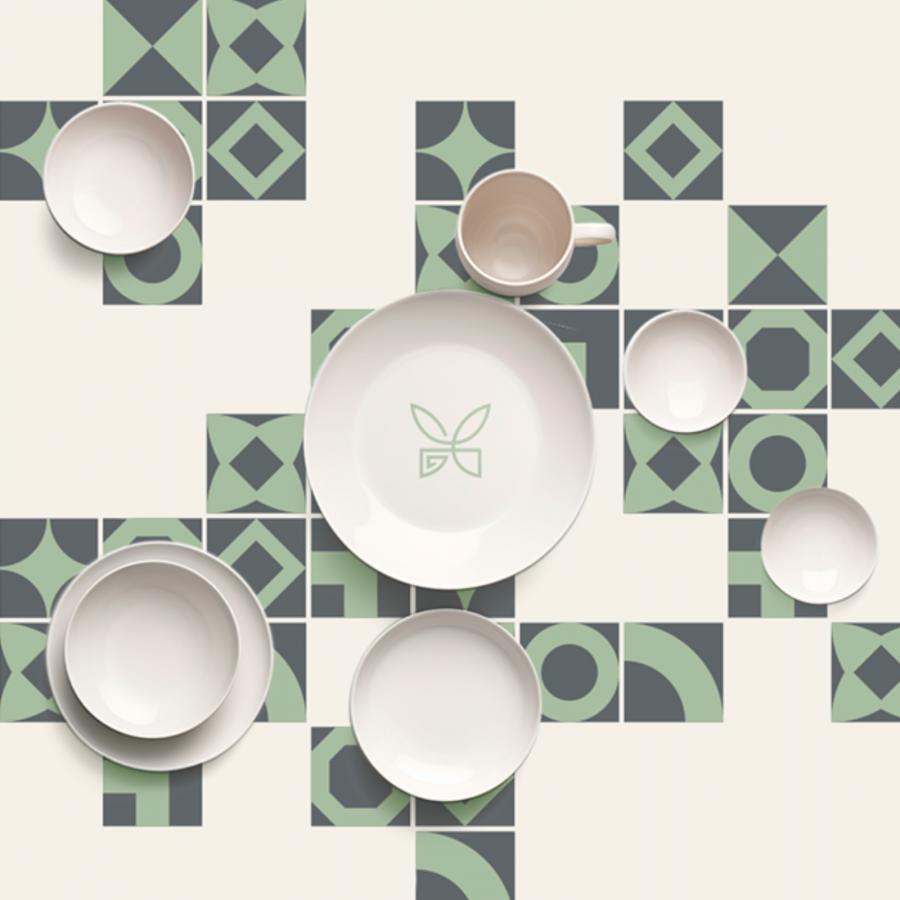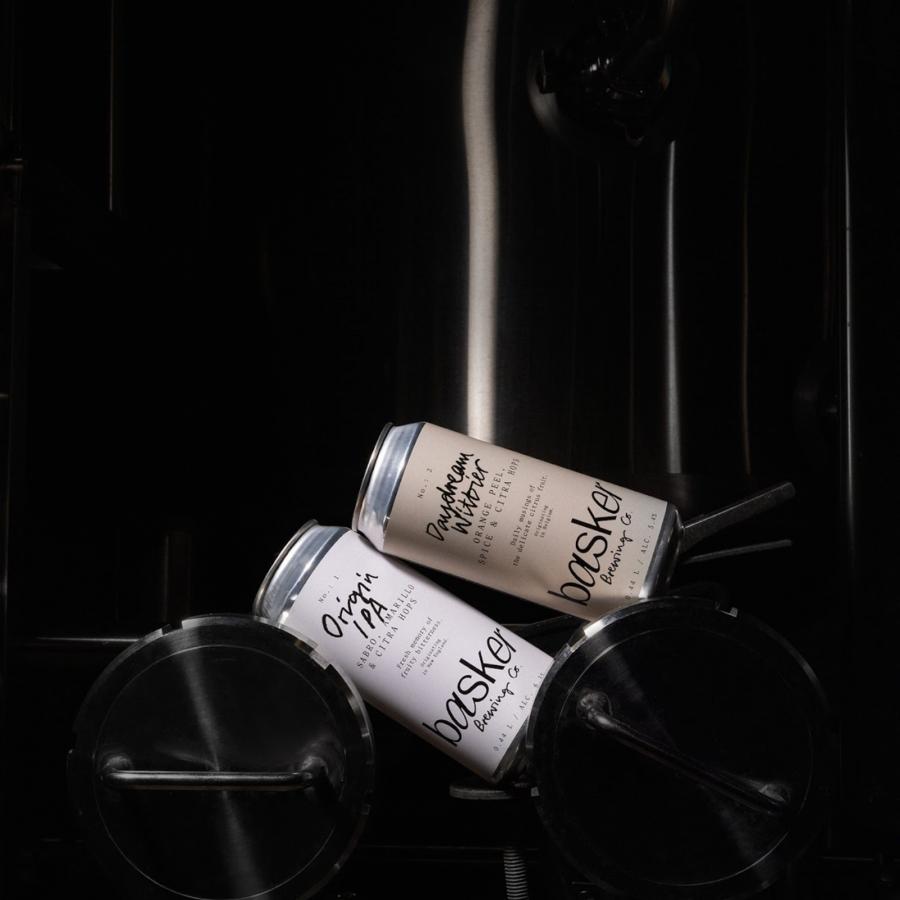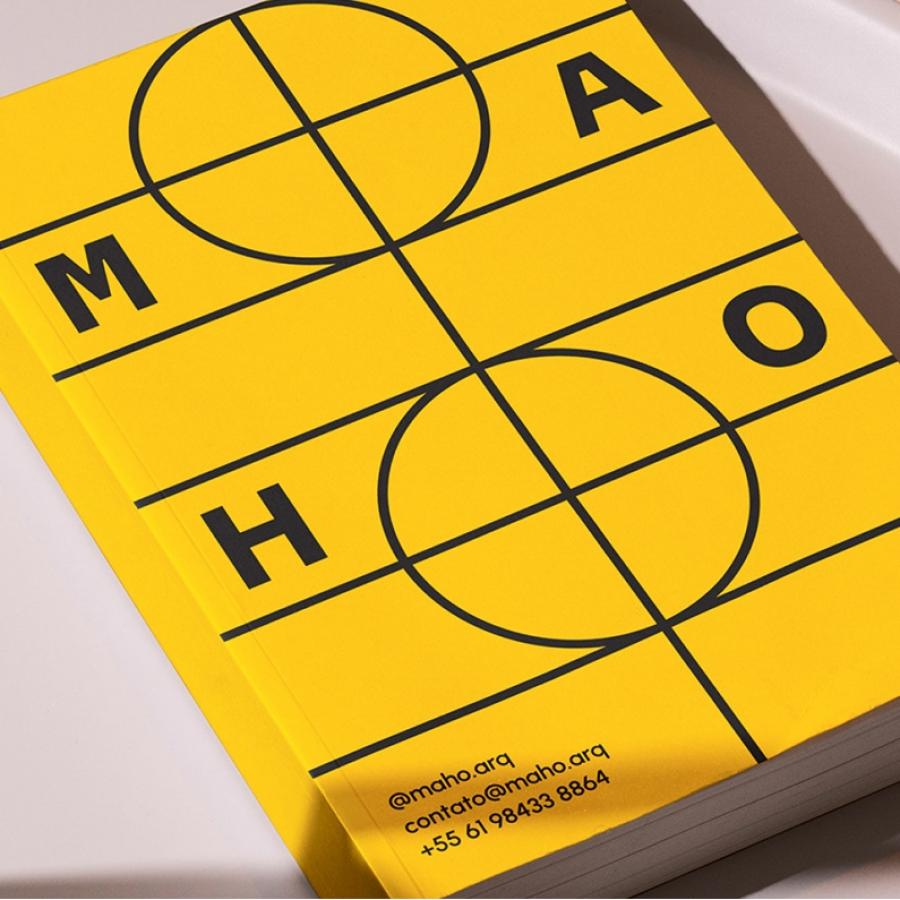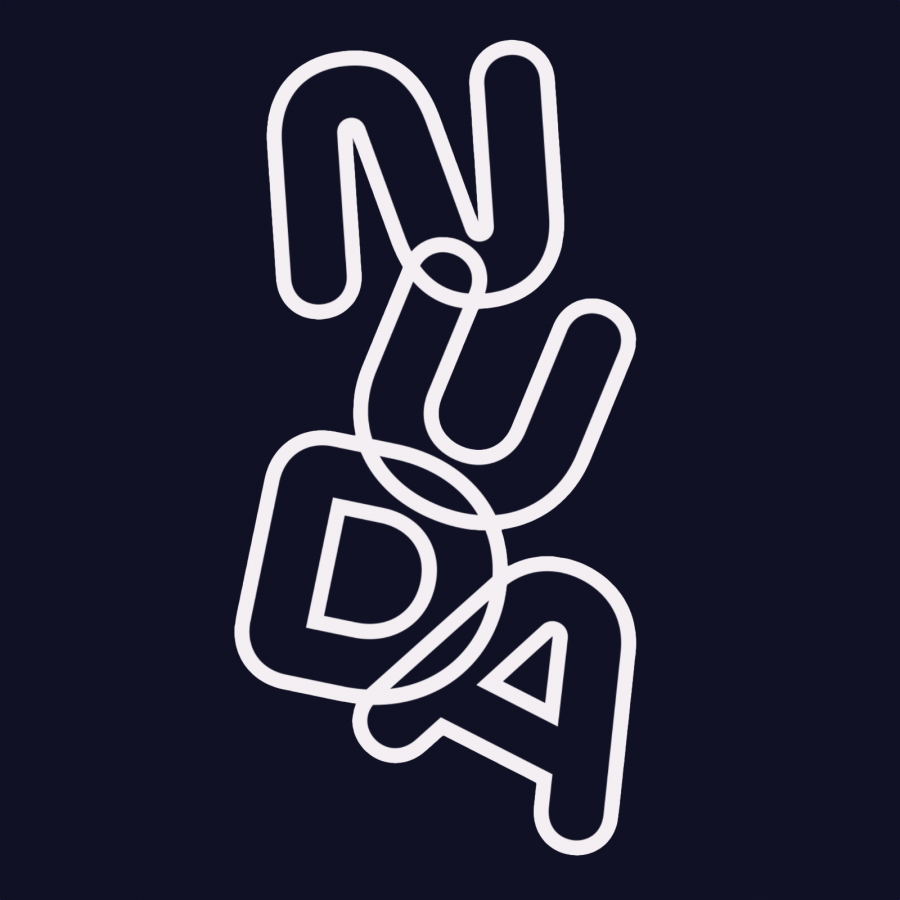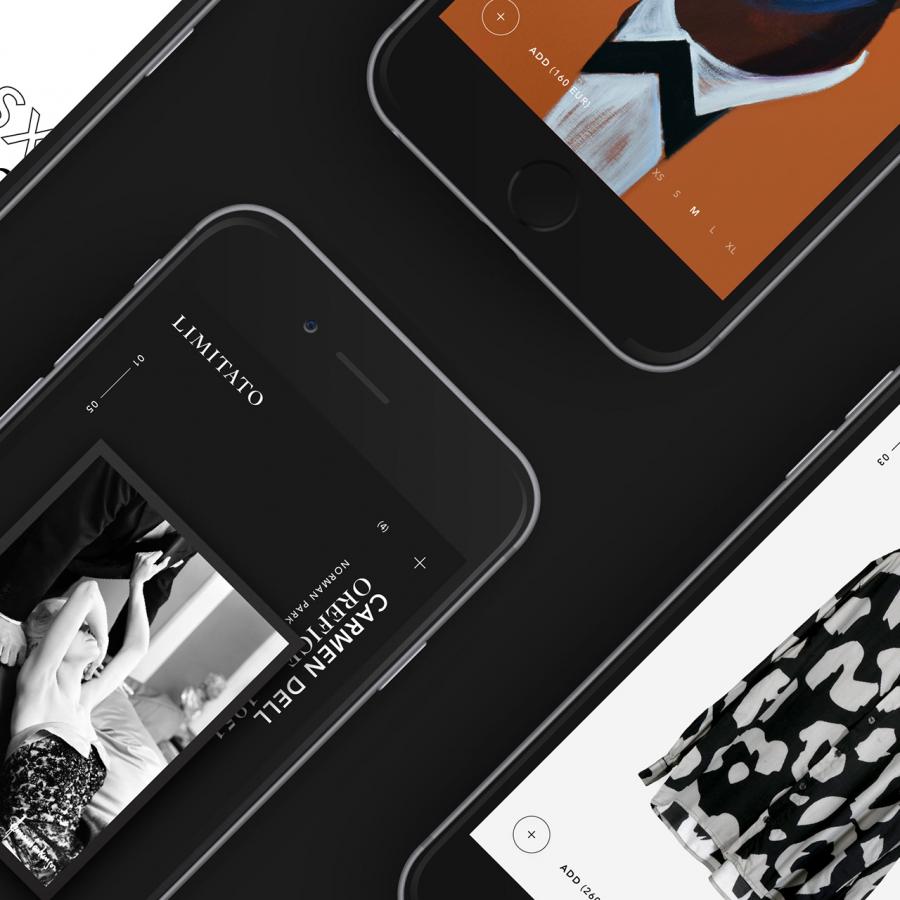by abduzeedo
Discover how Studio.Design branding project with traditional Japanese aesthetics to connect with a global audience. Explore the concepts of "ma", "tatami", and "iki" in branding.
Studio.Design teamed up with Nuevo.Tokyo to rebrand Japan’s largest no-code website builder, with over 500k global users and backed by IDEO/D4V. To modernize the brand for the future, counterintuitively, the team looked back on 1,300 years of Japanese aesthetics. The rebrand garnered over 100k impressions overnight – all with zero marketing spend.
The Challenge: Connecting with More
Studio began eight years ago as a prototyping tool for frontend engineers in a small, tucked-away office in Shibuya. Now, it has evolved into a next-gen website builder for anyone to build their online presence. To keep inspiring people from all walks of life to unleash their creative potential, the brand must share a unique story that resonates with a broad audience.
The Solution: Returning To One’s Roots
What sets the company apart, it turns out, has always been right in front of them. Looking back, their product and marketing decisions have always been drawn from Japanese aesthetics—so inherently present within Japan, yet mesmerizingly captivating to those beyond its shores.
Ma, Tatami, Iki
To the Studio team, Japanese aesthetics is made up of three pillars.
- Pillar 1 is the idea of “ma (間)”, or emptiness. In Japanese gardens, items are purposely removed to draw focus and attention to the centerpiece. Thoughtful reduction adds strength.
- Pillar 2 is the idea of “tatami (畳)”, or modularity. Common in Japanese construction—from “sashimono (指物)” Japanese joints to straw mats in Japanese rooms—each component is designed to fit well with others.
- Pillar 3 is the idea of “iki (粋)”, or refinement. Instead of self-promotion, restraint is valued. It is less about the individual, but more about the team or community.
Branding DNA
Japanese aesthetics is brought home in the evolved brand toolkit. They started on the brand DNA as a north star.
“We articulated a core concept, one where Studio steps back with restraint, letting the creator fit in and take center stage,” said Joe from Studio.
“When we look at others in the playing field, they spend a lot of time talking about themselves. It is always about their latest feature, their latest promotion, or the latest podcast their company exec appeared on,” continued Joe.
Alvaro from Nuevo.Tokyo echoed, “When a brand shouts about itself, people get bored fast. On the flip side, people and community are timeless, because people like to learn from other people.”
“Users want a community where they can be their best selves; they don’t want to be marketed a new tool,” concluded Joe.
Developing the Brand Toolkit
This brand DNA—one not about self-promotion, but a celebration of creativity and creators—now comes to life across various parts of the brand toolkit.
Take the updated logo for example. When you look closely, the new dimension contains three layers. “The bottom layer is us—Studio—there to provide room for creators to express. The middle layer is the new home for creators to feel empowered and craft any idea they envision for their site. The top layer is the resulting site masterpiece. We call this new visual identity ‘the vessel”, described Joe.
Moving onto the brand color palette, beginning with the logomark, you will see the company’s assets now take on more monochromatic tones. When a creator’s work is featured, the logo and other parts of the brand toolkit will take on the work’s color tones, as a celebration of the work. “Our identity is never complete without the creator’s work”, continued Joe.
All parts of the brand toolkit proudly embody the ideas of “ma(間),” “tatami(畳)” and “iki(粋)” in their minimalism, adaptability, and refined traits. It’s a narrative that breaks away from Silicon Valley’s boastful norms, while staying authentic to its Japanese heritage in a way that intrigues. In other words, it’s a unique story that resonates with a broad audience—what the duo set out to achieve.
What’s Ahead:It’s Always Day 1
This new toolkit will roll out on October 1, 2024.
“But it definitely does not end here. Chat me up on your thoughts. Let’s shape the future of web design together. See you on Studio.Design,” said Joe.
